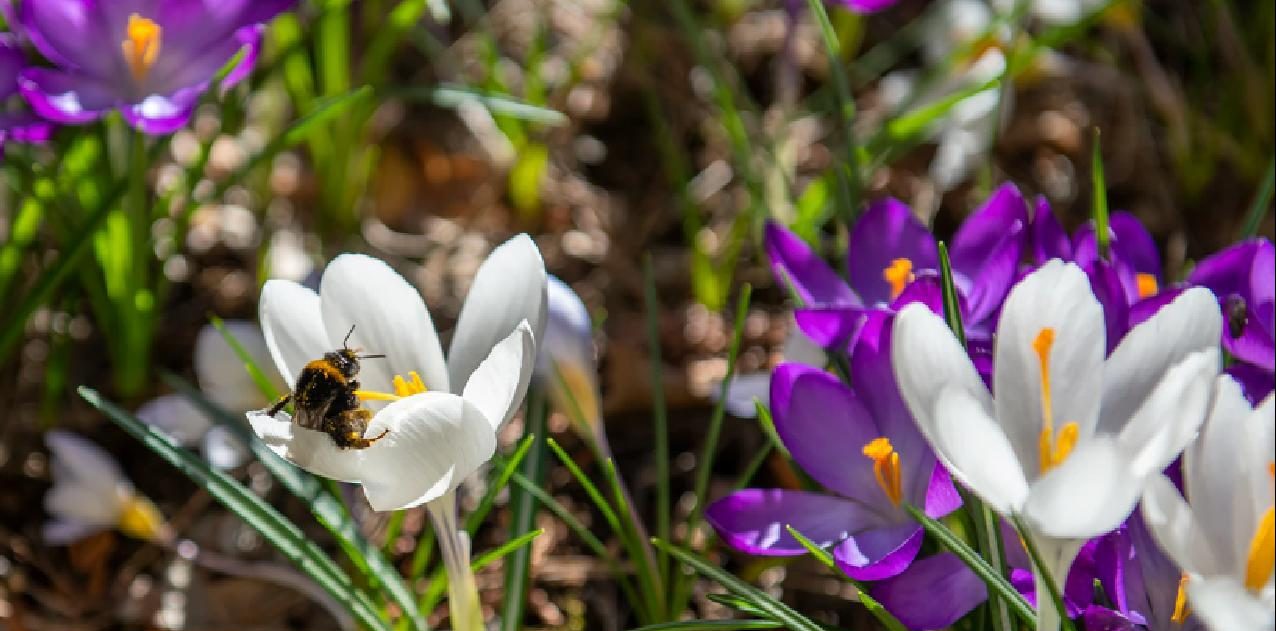Introduction:
Gardening is a deeply satisfying and rewarding hobby, whether you’re growing a few herbs on your windowsill or tending to a sprawling backyard oasis. But like any venture, it comes with its own set of challenges. Pests, diseases, and poor soil quality are common issues that gardeners face. Fortunately, there’s a gardening technique that can help you address these challenges while promoting healthier plants and higher yields: companion planting.
The Art of Companion Planting: What Is It?
Companion planting is a gardening practice where specific plants are grown together to benefit one another in various ways. These mutually beneficial relationships can improve soil quality, repel pests, enhance pollination, and even enhance flavor in certain vegetables. It’s a holistic approach to gardening that mimics the diversity and interconnectivity found in natural ecosystems.
The Benefits of Companion Planting: A Comprehensive Guide
- Pest Control:
One of the most significant advantages of companion planting is its ability to naturally control pests without the need for harmful chemicals. Some plants emit compounds or scents that deter specific pests, effectively acting as a natural pest repellent for their companions. For example, marigolds are well-known for repelling nematodes in the soil, while basil can deter aphids and flies when planted near tomatoes.
- Improved Soil Health:
Companion planting also plays a vital role in maintaining and enhancing soil health. Legumes, such as beans and peas, are nitrogen-fixing plants that help increase soil fertility by capturing nitrogen from the air and converting it into a form that other plants can use. This natural nitrogen boost benefits neighboring plants, promoting healthier growth and improved yields.
- Enhanced Pollination:
For gardeners growing fruits and vegetables that require pollination, companion planting can encourage the presence of pollinators like bees and butterflies. Flowers such as lavender, sunflowers, and bee balm not only attract pollinators but also provide them with a food source. By incorporating these flowers into your garden, you can boost pollination rates and increase the yield of crops like cucumbers, pumpkins, and apples.
- Weed Suppression:
Weeds are the bane of every gardener’s existence, but companion planting can help reduce their presence. Ground-covering plants like clover and nasturtiums can create a living mulch that shades the soil, preventing weed growth. Additionally, some companion plants, like radishes, have the ability to suppress the growth of certain weeds through chemical interactions in the soil.
- Flavor Enhancement:
Companion planting isn’t just about practical benefits; it can also enhance the flavor of your harvest. Herbs like rosemary, oregano, and thyme planted near vegetables can impart their aromatic flavors, resulting in more flavorful and aromatic dishes. This is an excellent way to elevate your culinary adventures and make the most of your garden’s bounty.
Implementing Companion Planting in Your Garden: A Step-by-Step Guide
Now that you’re familiar with the benefits of companion planting, you may be eager to try it in your own garden. Here’s a step-by-step guide to help you get started:
- Plan Your Garden Layout:
Research which plants make good companions and which ones should be kept apart.
Consider your garden’s size, layout, and available space when deciding where to plant companions.
- Select Complementary Plants:
Choose companion plants that will address the specific needs and challenges of your garden.
Be mindful of the growth habits, light requirements, and water preferences of each plant.
- Create Planting Groups:
Organize your garden into planting groups based on compatible companion plants.
Experiment with different combinations to find what works best for your garden.
- Pay Attention to Timing:
Consider the planting and harvesting times of your chosen crops to ensure they complement each other.
Some plants can be interplanted, while others are best suited for crop rotation.
- Monitor Your Garden:
Regularly inspect your garden for signs of pests or disease.
Make adjustments as needed, such as adding or relocating companion plants to address emerging issues.
Conclusion: Embrace the Harmony of Companion Planting
Companion planting is a holistic approach to gardening that harnesses the power of nature’s interconnectedness. By strategically pairing plants that benefit one another, you can create a thriving garden ecosystem that’s both beautiful and productive. Say goodbye to chemical pesticides and hello to a more sustainable and environmentally friendly way of gardening. Give companion planting a try, and watch your garden flourish like never before. With the right combinations and a little experimentation, you’ll reap the rewards of a harmonious garden filled with healthy, vibrant plants and bountiful harvests.
Incorporate the art of companion planting into your gardening repertoire, and you’ll discover that your garden can become a vibrant, self-sustaining ecosystem where plants work together for mutual benefit. It’s a beautiful way to cultivate the natural harmony that exists in the world of plants, and it can lead to a more abundant, healthier, and more enjoyable garden for you to tend and enjoy. Happy gardening!






